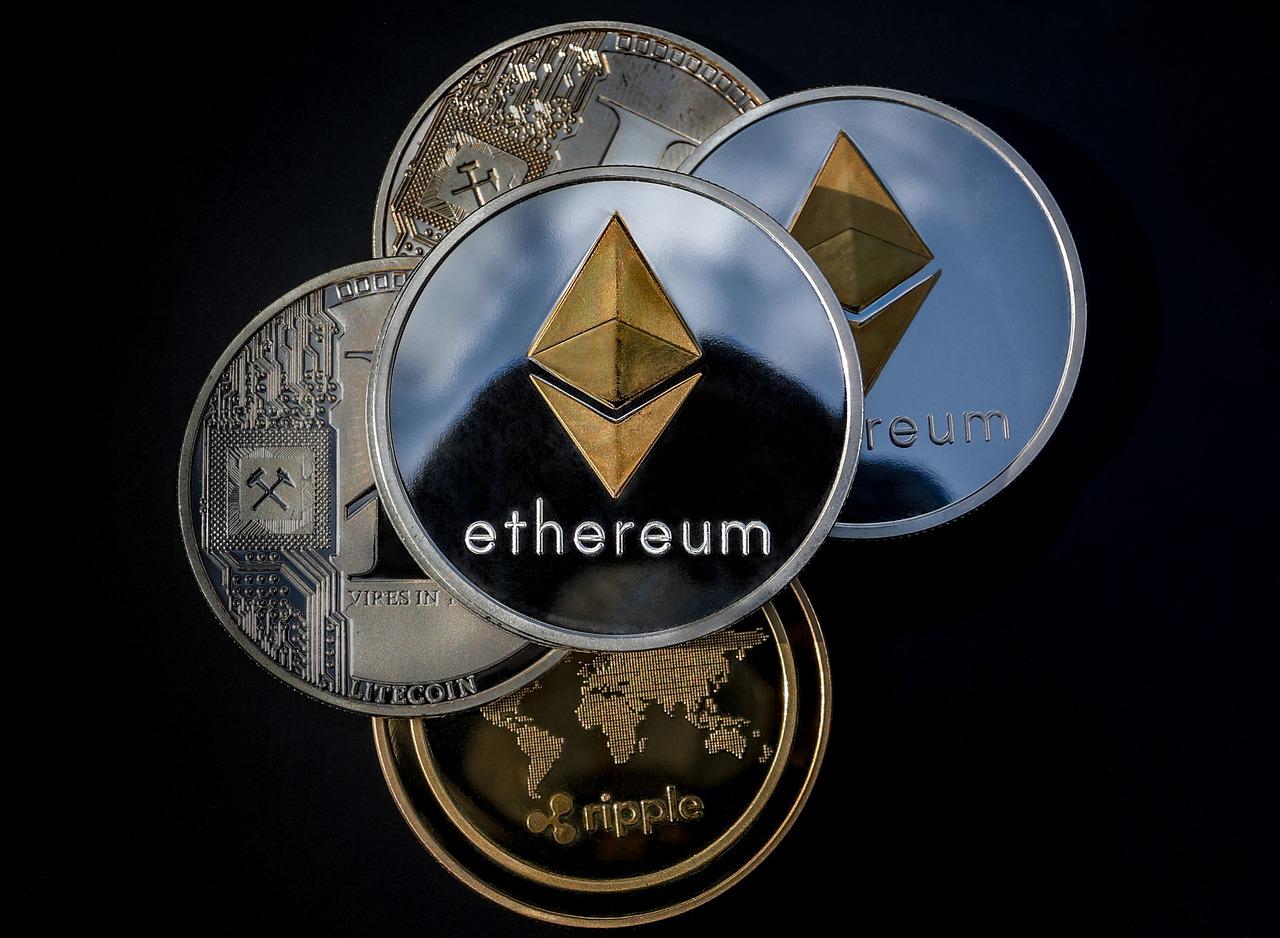Fundamental ramifications of ETH – Amazing Explanation!
Gaining a comprehensive understanding of the relationship between ether and the future global supply chain, Ethereum, alongside international trade, is, in some sense, the Holy Grail. Moreover, you will get live customer support. Ethereum is a digital currency with a value based on an open-source network of securely connected computers (nodes) that are configured to timestamp and verify all transactions. If you are interested in Ethereum, you should also learn the meaning and objectives of ethereum improvement proposal.
All nodes are identical and copy data from each other so that no single node retains control over the ledgers (known as blocks). It allows for consensus about which transactions occurred when and prevents falsification or replication of ownership records. Here we will explore the significance of ether and its implications on the Ethereum network alongside other financial sectors.
Ethereum- The core of decentralized finance:
Ether is a type of cryptocurrency, one of a host of decentralized digital currencies that use Ethereum blockchain technology. Blockchain is essentially a shared database, replicated thousands of times worldwide, and updated and updated as required by users. Ethereum is an open-source project built using blockchain, which allows it to be used not only for financial transactions but also for contractual agreements in the form of smart contracts and other self-executable scripts.
Is ether the next bitcoin?
Bitcoin is the first cryptocurrency that came into existence based on blockchain and is the most prominent. The value proposition of bitcoin was and continues to be a global currency that could be transferred peer to peer wherever electricity and the internet reached. On the other hand, with ethereum, you can transfer ether and execute contracts based on the desired programming language, not just bitcoin scripting language or simple payment verification protocol (SPV).
Many call ether the next bitcoin; however, both bitcoin and ether seem to have completely different goals in exchange. The primary goal of ethereum and ether is to revolutionize the supply chain concept. In contrast, bitcoin aims to revolutionize the traditional payment system while acting as the most viable investment.
What is the consensus mechanism behind ether?
There are two types of consensus mechanisms:
Proof of work – This provides the fastest transaction times and is well suited for ethereum’s applications, security and privacy based on GPU (Graphical Processing Unit)
Proof of stake – This uses a weighting system and is less energy-demanding. It does not depend on currency owners to put a lot of computing power into the network to stake their coins; this makes it easier for more petite users to participate in the network. The current ethereum ecosystem is entirely based upon proof of work but will prove stakes sooner, altering the dynamics of ether mining.
Ethereum’s true potential:
The potential deals with decentralized, open source, flexible and secure applications. As ethereum has overgrown since its inception in 2015, its unique characteristics have become a powerful force influencing other blockchain-based systems.
Ether’s Potential and Promise within a paperless Supply Chain:
Since the inception of blockchain-based systems, many applications have been built to support everything from payment processors and record keeping to fundraising and financial management. Ethereum offers a suite of services poised to disrupt and improve the core infrastructure of most industries.
Ether acts as the local currency of this platform; due to the extreme adoption of ethereum, the value of ether is correspondingly appreciating, which is why the ethereum organization decided to improve the scalability of ether transactions.
How can ethereum reduce costs in the supply chain?
Ethereum can be used as a decentralized system of record (DSLR). Ethereum offers transparency, immutability, and security in a new way not available through traditional means Uses of DSLR include:
Financial transactions: Ethereum smart contracts can be used as a settlement layer for financial transactions currently carried out by clearing houses. Clearinghouse fees are ultimately passed on to consumers. Smart contracts in an ethereum-based system could replace the use of a clearing house and the associated fees.
Management of physical assets: Smart contracts provide an open platform for the automated management, tracking, and transferring of physical assets (such as rental property or vehicles). They also facilitate the transfer of ownership rights to those assets.
Employment contracts/records: As software becomes more advanced, it is increasingly common for companies to build their proprietary systems to manage employee records and track compliance with various labor laws. It is expensive and typically requires significant customization for the needs of each company. The long-term goal for ethereum is to transition from a proof-of-work system to a proof-of-stake one. This transition will make either the local currency of the platform and make it impossible to mine ether for the people who don’t stake ether.

